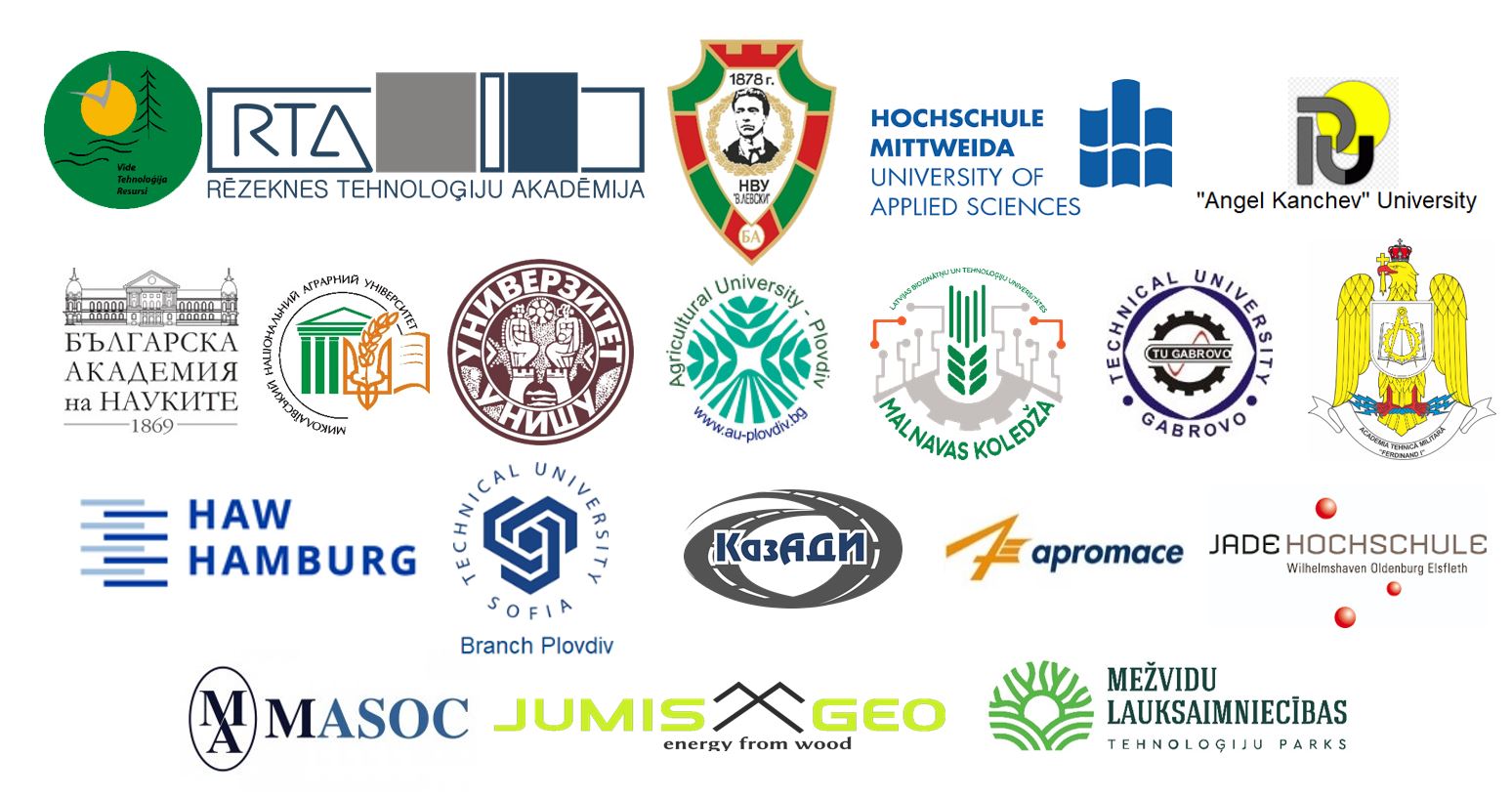Improving adaptive learning in a smart learning environment
Last modified: 27.04.2021
Abstract
It has been broadly argued that, in the near future, the demand for skilled labor will increase whilst that for routine activities will decrease. In this regard, the need for making greater investments in education to re-skill workers and support continuous learning has been invoked as an essential requirement for preserving people’s employability.
Digital technology is deemed increasingly necessary to sustain the educational endeavor, for the possibilities it offers to make more accessible and low-cost educational interventions. It allows for the creation of personalized learning paths and customized digital learning solutions, for courses to be available to a large attendance of learners, and for teaching-learning activities to be offered at significantly reduced cost.
In this article, a learning unit structure designed to improve adaptive learning is proposed, and mechanisms for adaptive learning in a smart learning environment are discussed.
The implemented teaching-learning solution is also illustrated. This is a preliminary application based on an approach that combines the teacher experience with learning analytics.
Keywords
References
[1] F. J. García-Peñalvo, A. Corell, R. Rivero-Ortega, M. J. Rodríguez-Conde and N. Rodríguez-García, “Impact of the COVID-19 on Higher Education: An Experience-Based Approach”, In Information Technology Trends for a Global and Interdisciplinary Research Community. IGI Global, pp. 1-18, 2021.
[2] G. Marzano and A. Zając, “Managing Education During The Coronavirus Emergency: The Case Of A Polish Higher Education Institution”, Education. Innovation. Diversity., 1(1), pp. 37-47, 2020.
[3] R. L. Quezada, C. Talbot and K. B. Quezada-Parker, “From Bricks and Mortar to Remote Teaching: A Teacher Education Program‘s Response to COVID-19”. Journal of Education for Teaching, 46(4), pp. 472-483, 2020.
[4] S. Senel and H. C. Senel, “Remote Assessment in Higher Education during COVID-19 Pandemic.” International Journal, 8(2), pp. 181-199, 2021.
[5] O. Zawacki‐Richter, “The current state and impact of Covid‐19 on digital higher education in Germany”. Human Behavior and Emerging Technologies, 3(1), pp. 218-226, 2021.
[6] R. Oppermann and R. Rasher, “Adaptability and adaptivity in learning systems”. Knowledge transfer, 2, pp. 173-179, 1997.
[7] C. D. Dziuban, P. D. Moskal, J. Cassisi and A. Fawcett, “Adaptive Learning in Psychology: Wayfinding in the Digital Age”. Online Learning, 20(3), 74-96, 2016.
[8] F. Martin, Y. Chen, R. L. Moore and C. D. Westine, “Systematic review of adaptive learning research designs, context, strategies, and technologies from 2009 to 2018”. Educational Technology Research and Development, 68(4), pp. 1903-1929, 2020.
[9] D. Ifenthaler, D. K Mah and J. Y. K. Yau (Eds.), Utilizing learning analytics to support study success. Springer, 2019.
[10] R. Ferguson, “Learning analytics: drivers, developments and challenges”. International Journal of Technology Enhanced Learning, 4(5-6), pp. 304-317, 2012.
[11] R. Huang, J. Yang and Y. Hu, Y. “From digital to smart: The evolution and trends of learning environment”. Open Education Research, 1(1), pp. 75-84, 2012.
[12] S. Day and E. Erturk, E. “e-Learning objects in the cloud: SCORM compliance, creation and deployment options”. Knowledge Management & E-Learning, 9(4), pp. 449–467, 2017.
[13] K. Shutler, SCORM is dead – what are the alternatives to SCORM?, 2018, August 22. Available at: https://plume.co.uk/blog/scorm-is-stagnant-heres-what-to-use-instead/
[14] H. M. Truong, “Integrating learning styles and adaptive e-learning system: Current developments, problems and opportunities”. Computers in human behavior, 55, 1185-1193, 2016.
[15] G. Marzano and V. Lubkina, V., “An adaptive learning model based on a machine learning approach”, International Conference on Mechatronics and Robotics, Dubai, February 26-27, 2020. Available at: https://www.researchgate.net/publication/341709563_An_adaptive_learning_model_based_on_a_machine_learning_approach
[16] A. H. Nabizadeh, D. Gonçalves, S. Gama, J. Jorge and H. N. Rafsanjani, “Adaptive learning path recommender approach using auxiliary learning object”. Computers & Education, 147, 103777, 2020.
[17] C. J. Hame and D. Ryan-Jones, “Designing instruction with learning objects”. International Journal of Educational Technology, 3(1), pp. 111-124, 2002.
[18] D. A. Wiley, The instructional use of learning objects (Vol. 1). Bloomington, IN: Agency for instructional technology, 2002.
[19] P. Barker, P., “What is IEEE learning object metadata/IMS learning resource metadata”. CETIS Standards Briefing Series, JISC (Joint Information Systems Committee of the Universities’ Funding Councils), 2005. Available at: http://www.dia.uniroma3.it/~sciarro/e-learning/WhatIsLOMscreen.pdf
[20] S. H. Pitkanen and P. Silander, “Criteria for pedagogical reusability of learning objects enabling adaptation and individualised learning processes”. In IEEE International Conference on Advanced Learning Technologies, 2004. Proceedings, pp. 246-250, 2004 August.
[21] H. Al-Samarraie and S. Hurmuzan, “A review of brainstorming techniques in higher education”. Thinking Skills and Creativity, 27, pp. 78-91, 2018.
[22] Y. Maaravi, B. Heller, Y. Shoham, S. Mohar and B. Deutsch, “Ideation in the digital age: literature review and integrative model for electronic brainstorming”. Review of Managerial Science, pp. 1-34, 2020.
[23] F. Gjermeni and B. Percinkova, “Combining Intelligent Algorithms and E-Learning Styles to Create an Improved Intelligent System in Evaluating an E-Learning Student’s Profile”. ANGLISTICUM. Journal of the Association-Institute for English Language and American Studies, 7(2), 11-21, 2018.
[24] H. Peng, S. Ma and J.M. Spector, “Personalized adaptive learning: an emerging pedagogical approach enabled by a smart learning environment”. Smart Learning Environments, 6(1), pp. 1-14, 2019.
[25] O. Akhrif, C. Benfares and N. Hmina, N., “Collaborative learning services in the smart university environment”, In Proceedings of the 4th International Conference on Smart City Applications. Article no. 42, 2019, October.
[26] J. W. Kim and F. E. Ritter, F.E. “Consideration of a Bayesian Hierarchical Model for Assessment and Adaptive Instructions”. In International Conference on Human-Computer Interaction, pp. 521-531, 2019 July.
[27] N. Sclater, N., Learning analytics explained. Taylor & Francis, 2017.

